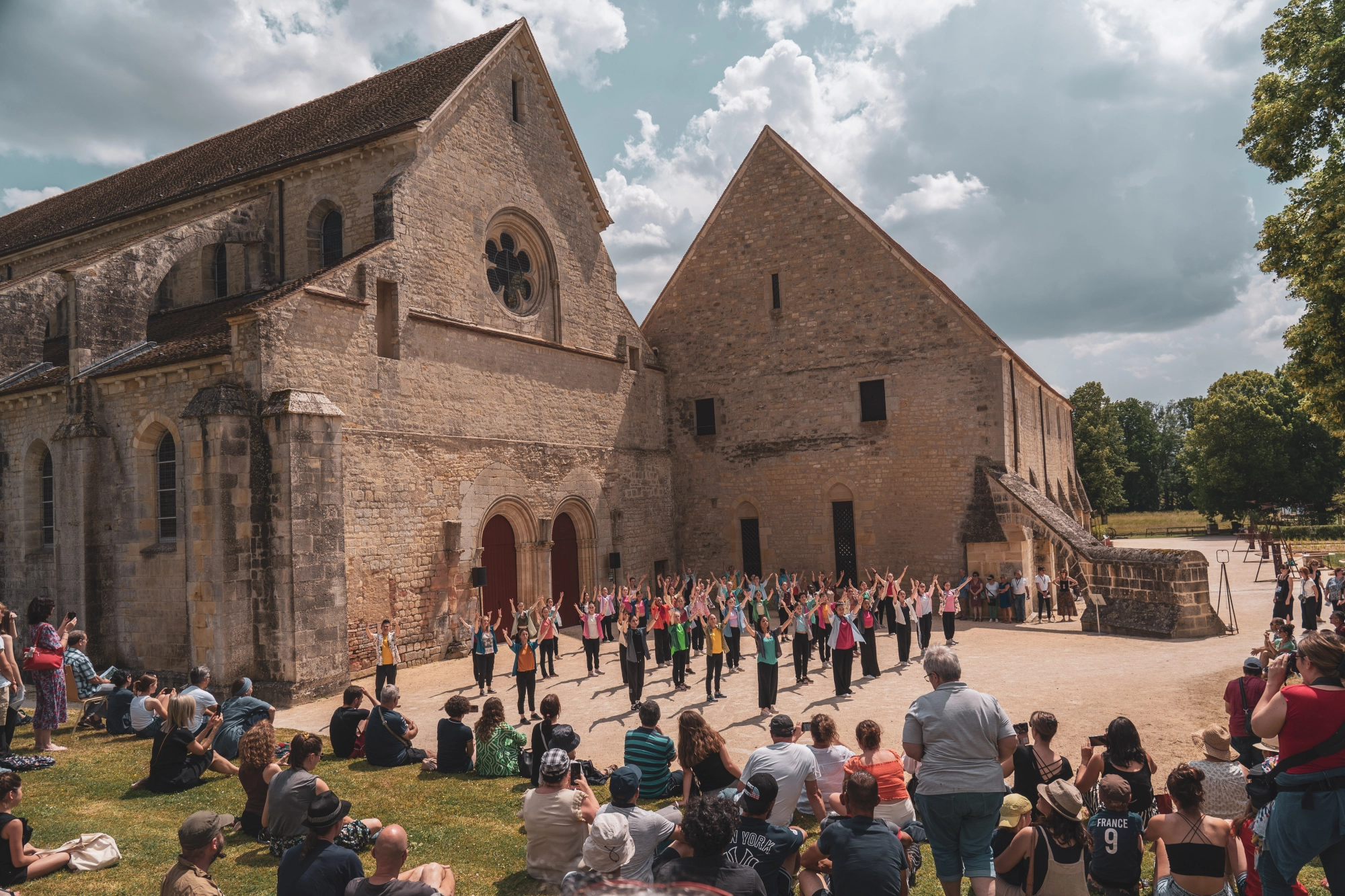The Heritage Site for Culture label (“Centre Culturel de Rencontre”, in French) was created in 1972. This appellation recognises the worth of historical monuments which have lost their original vocation and gives them the opportunity to renew themselves in cultural, artistic and intellectual ways. Structures which are awarded this label must commit to pursuing a cultural project which is recognised as being of public interest.
How is the “Heritage Site for Culture” label awarded?
The “Heritage Site for Culture” label can be attributed by the French state to any private or public nonprofit legal entity which meets the following conditions. It must:
● have an autonomous process for financial management, organisation and decision-making
● permanently occupy a heritage site which is open to the public and also to contribute to its maintenance or restoration.
● implement a cultural project, recognised as being of public interest by the authorities - the following aims and resources will be used as criteria in the recognition process. The organisation must:
○ develop, at the heritage site, interdisciplinary actions linking the fields of heritage and artistic creation
○ support emerging art forms and practices and professional artists who are starting their career (hosting artists, researchers, creators or architects)
○ enable the transmission of skills and artistic experience to audiences
○ participate in the development of innovative forms of cultural tourism and of the local area
○ be directed by a single, qualified project manager
○ dispose of its own resources to implement the cultural project
○ to be supported financially or materially by one or several local authorities.
The label was awarded by the Minister of Culture until 2020, and is now managed by the Regional Prefet.
----------
In France, 23 heritage sites have either obtained “Heritage Site for Culture” labels or have pending applications:
Apart from Noirlac, these are the Abbaye aux Dames in Saintes (Charente-Maritime), the Abbaye royale de Fontevraud (Maine-et-Loire), Abbaye de Sylvanès (Aveyron), Abbaye d'Ardenne/IMEC in Caen (Calvados), The medieval Abbey of Lagrasse (Aude), Abbaye d'Ambronay (Ain), Esparrou Castle in Canet-en-Roussillon (Pyrénées-Orientales), l'ARIA (Haute-Corse), la chartreuse de Neuville (Pas-de-Calais), la chartreuse de Villeneuve-lez-Avignon (Vaucluse), le château de Goutelas (Loire), la Cité du Mot, La Charité-sur-Loire Priory (Nièvre), Clarenza/La Bastide-Clairence (Pyrénées-Atlantique), The Royal Ropery de Rochefort (Charente-Maritime), le Domaine de Chaumont-sur-Loire (Loir-et-Cher), the Dominicans de Haute-Alsace (Haut-Rhin), Villefavard Farm in Limousin (Haute-Vienne), le Domaine de Thiré/Foundation Les Arts Florissants (Vendée), Maria Casarès House at Alloue (Charente-Maritime), The Smallest Circus in the World in Bagneux (Hauts-de-Seine), The Royaumont Abbey and Foundation (Val d'Oise) and the Royal Salt Factory at Arc-et-Senans (Doubs).
There are another 11 sites in Europe and 7 in the rest of the world.





